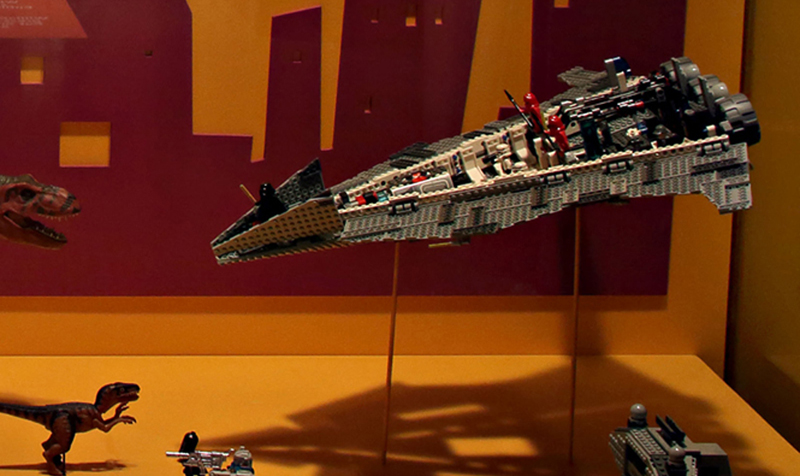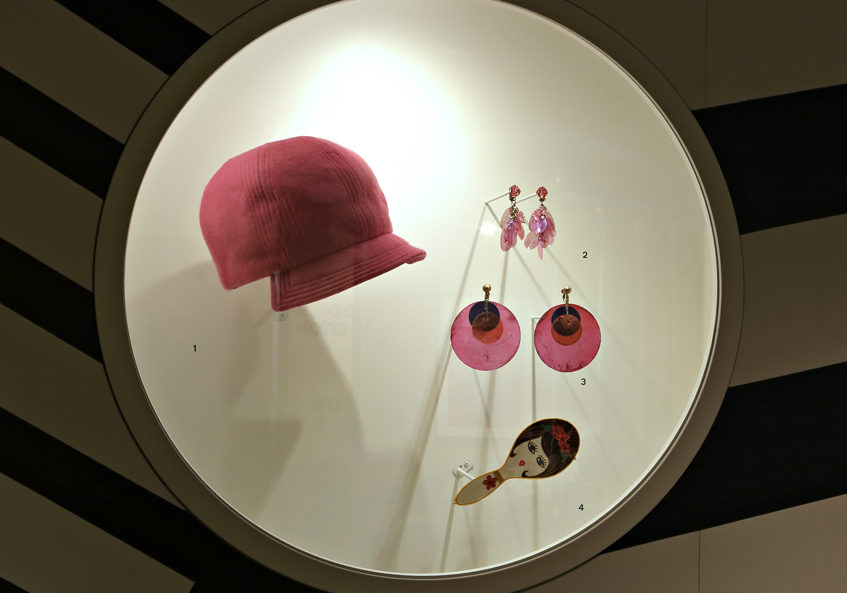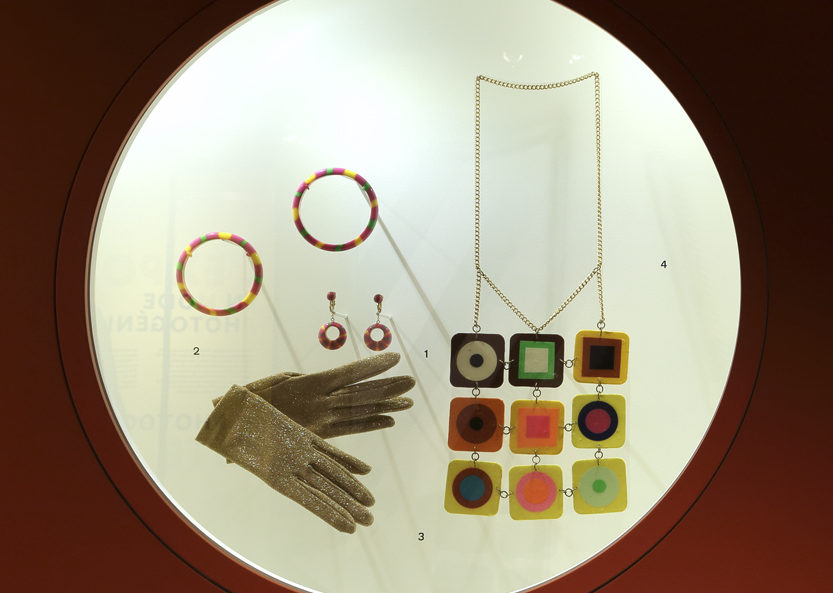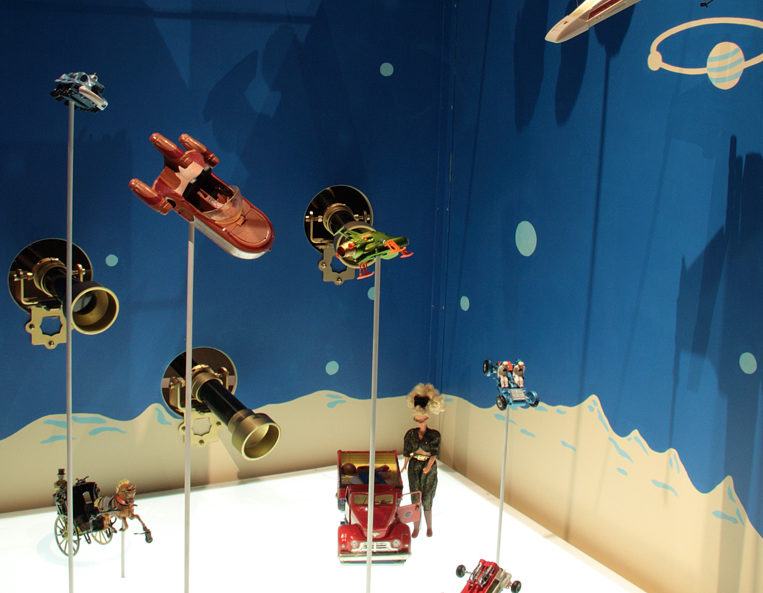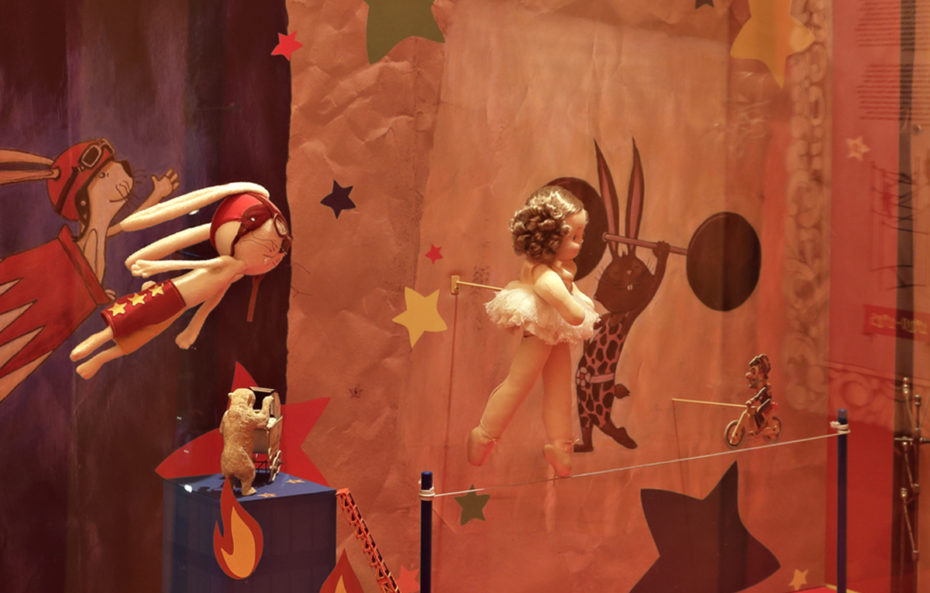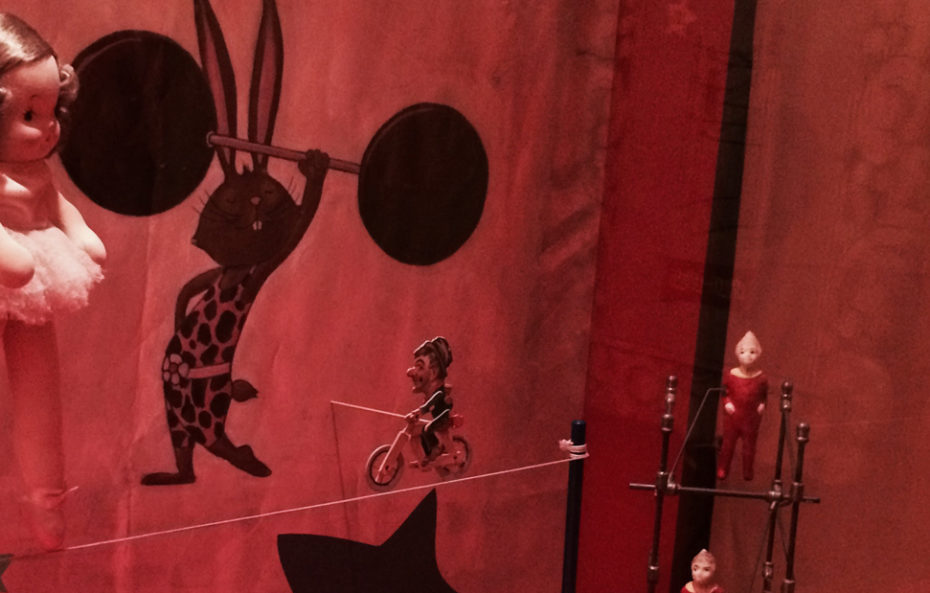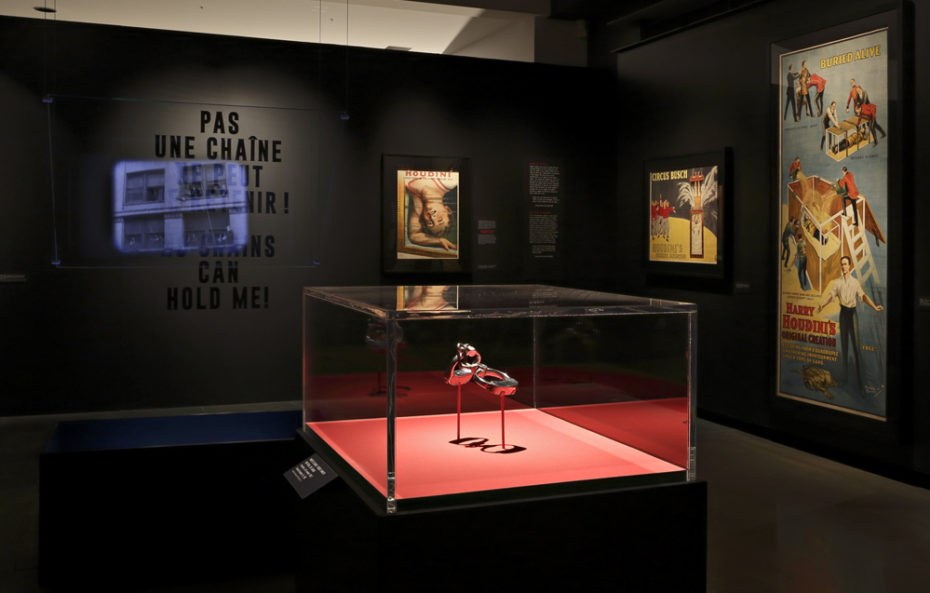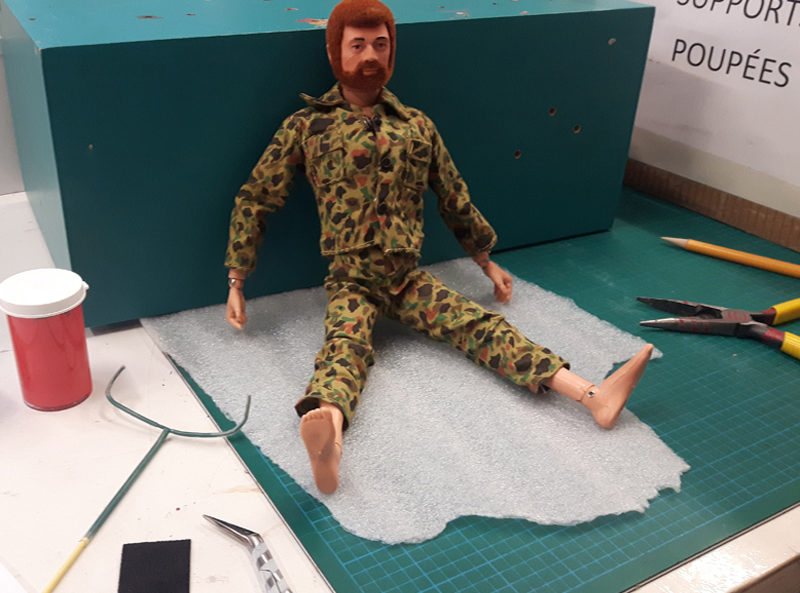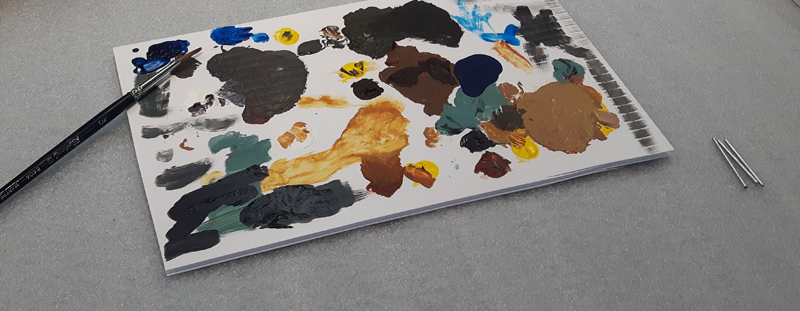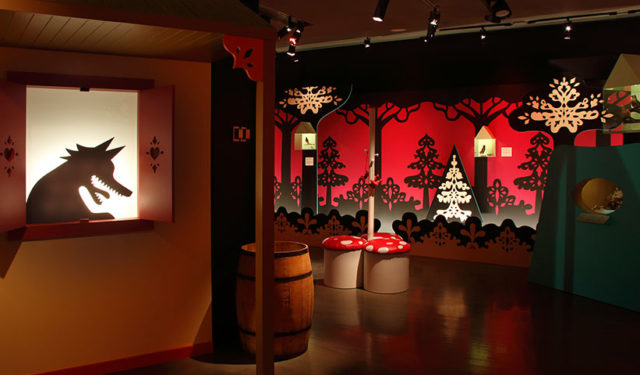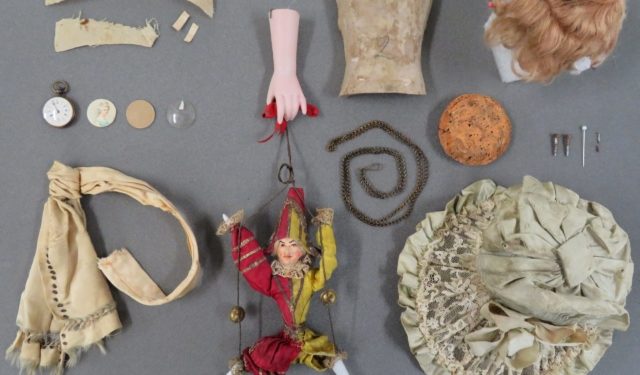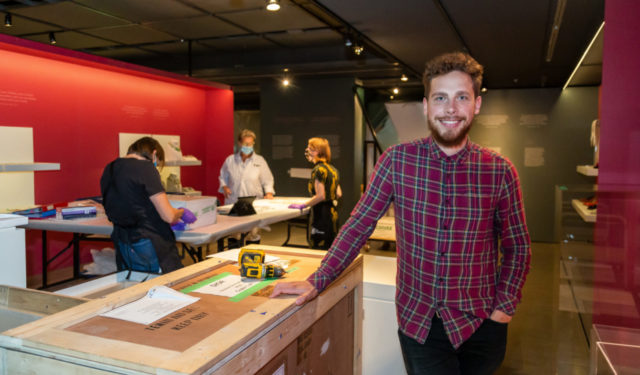The McCord goes Metal!
The art of constructing exhibition mounts that are aesthetic, discreet and solid.
July 15, 2020
Museum technicians are often faced with many challenges when mounting an exhibition. Since museums organize multiple exhibitions, it is imperative to know how to work with a variety of materials and find creative solutions to get the job done.
Whether the challenge is handling space constraints or unusual display methods, the goal is always the same: present objects faithfully to show them to their best advantage and support the exhibition narrative, while at the same time observing the rules that guarantee their safety. The mounting should not cause any stress that could accelerate the deterioration of the artefact.
Metal supports are often the top choice for mounting 3D objects. These supports offer great versatility, both in how they may be manipulated and the ways in which the object may be displayed. Metal is therefore a very attractive option for producing mounts to support a wide variety of objects, from a pair of Houdini’s handcuffs, to jewels, a wooden duck decoy or a simple toy soldier.
Paint is also an important step in making a support mount whose ultimate goal is, of course, to show off the item presented, not overshadow it. Mounts must be solid, functional and, above all, discreet. Consequently, they are painted to blend into the background as much as possible. This “camouflaging” can be challenging for technicians when an artefact features complex designs or an area of the support is clearly visible. Another virtue of paint is that it seals off the metal so it is not in direct contact with the object.
It should also be noted that even when it is painted, metal can be a little rough for fragile objects like delicate fabric or very thin organic material, which can get snagged on it. A layer of paint is therefore only the first step. To provide greater stability and ensure that the object is fully protected from the support, the metal is often covered by heat-shrink tubing. In addition to reducing contact between the two, this tubing helps prevent an object from slipping off the support (sometimes transparent fishing line is used as well). If tubing is not the best option, self-adhesive felt or another neutral material is a good choice.
Mount-making is demanding work for technicians who must present artefacts as faithfully as possible in often very elaborate exhibition designs.
The opportunity to work with such objects, to ensure that the public sees them at their best, is a truly satisfying pursuit. Needless to say, every team at the Museum works hard to organize high-quality exhibitions and extraordinary events for all of our visitors!


